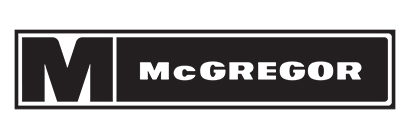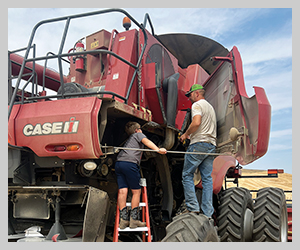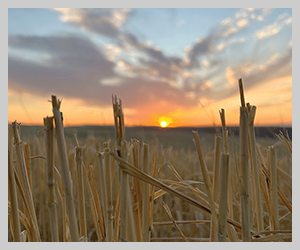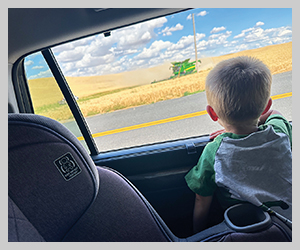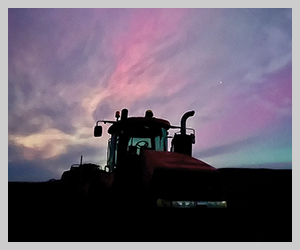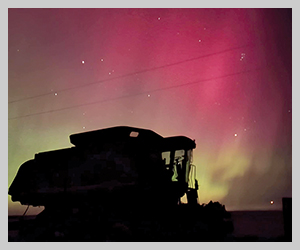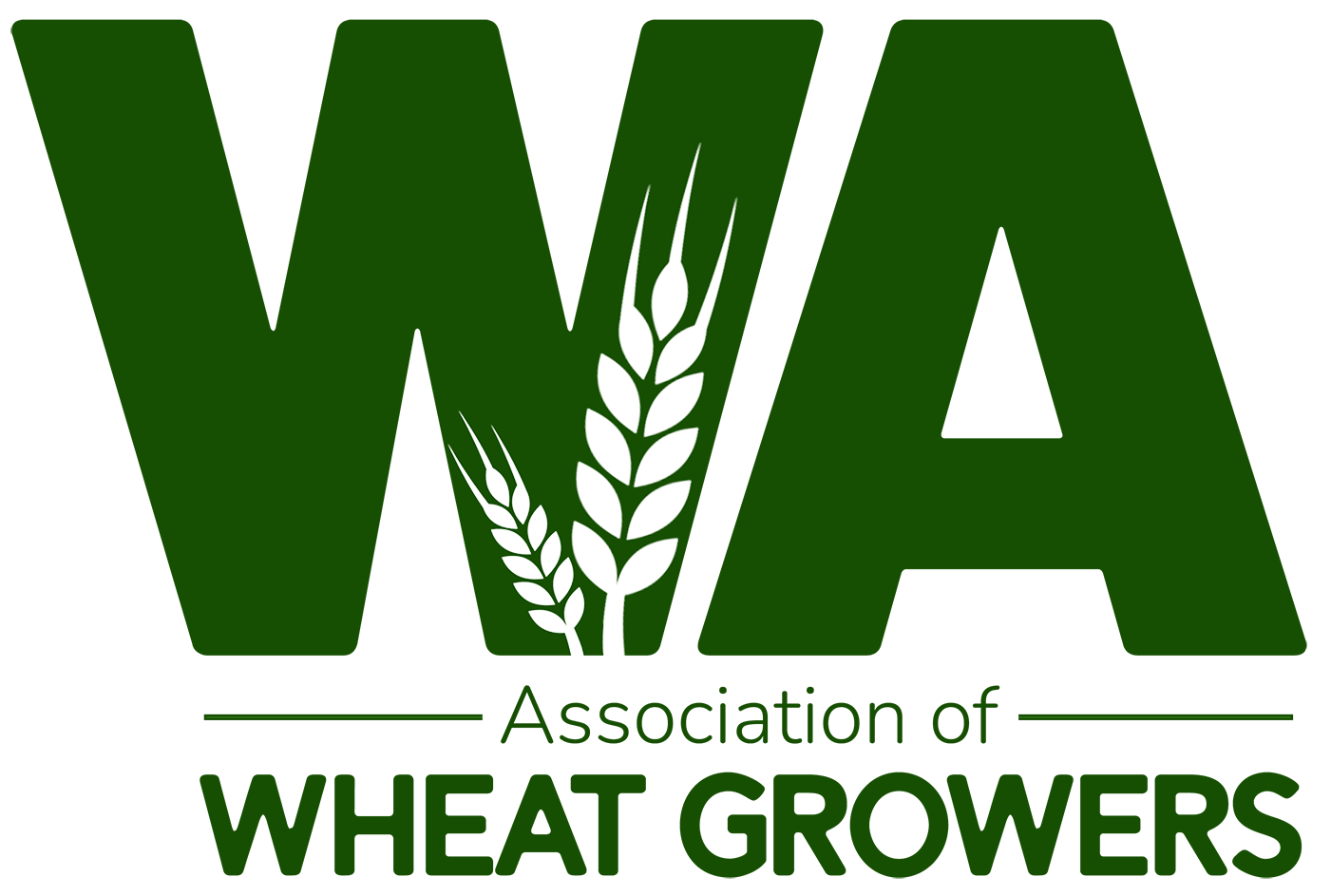All river matters A convention super-sized breakout session focused on Marine Highway 84
2024December 2024
By Trista Crossley
Editor

A big part of the annual Tri-State Grain Growers Convention is educational breakout sessions that aim to educate and inform growers. At this year’s event, one super-sized session focused on Marine Highway 84, or M-84, and included a panel of stakeholders representing the entire Columbia-Snake River System, from Astoria, Ore., to Lewiston, Idaho. Throughout the session, growers were encouraged to ask questions.
Who is using the river system?
M-84 serves a lot of purposes and industries, from recreation to irrigation to transportation. Captain Jeremy Nielsen is president of the Columbia River Pilots. Every ocean-going ship that enters the river system has himself or one of his partners on it. These pilots help navigate vessels to their river berths, usually in Vancouver or Portland. Nielsen said the size of ships entering the river system is increasing, but river infrastructure isn’t keeping up. Overhead power cables aren’t high enough to accommodate bigger ships, anchorages were designed for smaller vessels, and some bridges, especially the Lewis and Clark Bridge at Longview, Wash., are too low or lack safety features, such as protection around bridge piers. The river pilots are advocating for continued dredging to maintain the channel, expanding anchorages and deeper draft allowances, and investing in new high speed pilot boats.
Q: For bigger vessels how much wider does the channel have to get?
A: We would like to see a 700- foot-wide channel. Currently, it’s 600 feet. River pilots are bringing ships in that are 1,200 feet long; we can’t even turn these ships around. An extra 100 feet would give us some breathing room.
Q: If you had a one-foot draft restriction on the Columbia River, what does that mean in terms of cargo value?
A: Somewhere between $1 and $1.5 million in cargo value.
The McGregor Company uses M-84 to bring in fertilizer. Leslie Druffel, outreach coordinator for the company, said a reliable local supply of fertilizer is critical for Pacific Northwest growers, and many companies along the river have made major capital investments to be able to receive shipments by barge. Rail, while a critical mode of transportation for the region, has had challenges with prompt, timely deliveries. Like most retailers, the amount of fertilizer needed, especially for fall planting, exceeds the amount of storage The McGregor Company has.
“Timing is everything. We need to ensure an adequate supply of fertilizer ahead of and during spring and fall planting seasons,” she explained. “Barge deliveries via M-84 are efficient, reliable, and timely.”
Q: Are barges generally more on time than railroads?
A: Yes. When we can bring in product by barge, we know pretty much to the hour when that product will get there. That’s because we have to make sure our tanks are empty so we can receive the product. It’s all about logistics.
Kristin Meira is director of government affairs for American Cruise Lines. Cruising on M-84 is one of their most popular itineraries, and the company is making major financial investments in vessels, as well as infrastructure up and down the system. Meira said access to the Snake River up to Lewiston, Idaho, is critical to American Cruise Lines and is only possible with the lower Snake River dams.
“This is a bucket list experience for people who come out and spend a lot of money to cruise with us,” she said.
Scott Corbitt is manager of the Port of Lewiston, a multimodal port that includes barge, rail, and truck. Approximately 270 barges a year move through the port, with about 200 of them carrying wheat. He reminded growers of what happened in the 1992 drawdown — infrastructure failed, dead fish and stinking mud, and excessive scouring along bridge pilings.
“We are ground zero because no place will be more affected if the dams go,” Corbitt said.
The power of water to move cargo
According to Rob Rich, vice president of marine services at Shaver Transportation, M-84 has a lot of opportunities and a lot of challenges, pointing out that if the public is serious about salmon and the environment, we already have the answer — barge transport. Barges use less fuel to move cargo (675 ton miles traveled per gallon of fuel) than rail (472 ton miles) or trucks (151 ton miles), and the number of serious injuries and fatalities is extremely small when compared to rails and roads.
“When it comes to fuel and emissions, greenhouse gases, all the things that are touchstones for the opposition, we already have the absolutely best system,” he said. “Without spending a single dime on the Columbia-Snake River System, there’s 50% more capacity on that river. It can easily handle over 2,000 tows a year. When it comes to truck and rail, how can they add 25 to 50% without spending a dime?”
Many products move on M-84, but one of the big ones that tends to get overlooked is refined petroleum products, such as gas, diesel, and jet fuel. In a year, Tidewater Barge Lines moves millions of gallons of fuel through the system, said Greg Zanavich, Tidewater’s business development manager. They also handle thousands of tons of fertilizer.
“No lower Snake River dams mean no Central Ferry or Port of Wilma,” he said.
Q: If there’s extra capacity on the river, what are extra barges going to be used for?
A: If there’s an opportunity to shift something to the river, you should. Rail to barge transfer, Boardman already has that. Wheat, soy, and corn, opportunities for an increase there. How much traffic do we want to see on highways? What would stresses and pressures be on trucking and rail to provide service? The system we have has the capacity to flex forward. What other system has that?
Lights on with hydropower
According to Clark Mather, executive director of Northwest RiverPartners, more than half of the electric capacity in the region is hydropower, something the public tends to dramatically underestimate. Because of hydropower, the Pacific Northwest has some of the cheapest electricity in the world, which is fortunate, as regional demand for power is estimated to grow by 30% over the next 10 years.
One of the fundamental questions that is being asked is if salmon and dams can co-exist. Mather pointed out that there are more salmon in the river now than before the dams were put in place. According to University of Washington data, average returns for salmon and steelhead at Bonneville dam are triple, on average, what they were in 1938. At Lower Granite Dam on the Snake River, returns have quadrupled, on average, since 1975.
“This needs to be a regional conversation. Dams and salmon can and do co-exist,” Mather said. “We need your help to bring more light to this conversation.”
Q: Of the four dams (on the lower Snake River) about what percentage of electricity are they responsible for?
A: Snake River dams are about 10% of hydro output of the federal system. At times, they are very important for reserve capacity. Sometimes, they are 25% of that. They are very important, especially during extreme weather events.
Voices for M-84
Danielle Nelson, director of government affairs for the Torrey Advisory Group, a D.C. lobbying firm that works closely with wheat growers, said there are more than 4,000 federal positions the incoming administration will need to fill, and many of those employees will need to be educated on what the lower Snake River dams are, and why they are important. The Trump administration’s landing team will be setting priorities for the administration, and we are likely to see a shift in the regulatory agenda.
Pacific Northwest Waterways Association (PNWA) is a nonprofit trade association that advocates for the region’s waterways, including M-84. PNWA’s executive director, Neil Maunu, explained that the U.S. and Canada have reached an agreement in principle on the Columbia River Treaty that reduces the amount of preplanned flood control, although details are still being worked out. If the flood control portion of the treaty isn’t locked in before January, when the wet season begins, there could be some issues on the river.
The potential breaching of the lower Snake River dams is more than a regional issue, said Michelle Hennings, executive director of the Washington Association of Wheat Growers. If the dams are breached, it could set a precedent for other U.S. waterways. That’s why M-84 stakeholders are forming coalitions with stakeholders outside the Pacific Northwest and hosting congressional staff tours on the lower Snake River dams.
“We need to have a U.S. river systems as a unified voice. We need to let them know, what’s going to happen to your system when we lose ours?” she explained.
Q: It seems like in the last administration, the Council on Environmental Quality (CEQ) ramped up their focus on breaching the dams. Will we get more favorable people in those positions?
A: We’ve seen the establishment of an energy council that includes several secretaries. In the first Trump administration, CEQ didn’t get filled until 2019.


